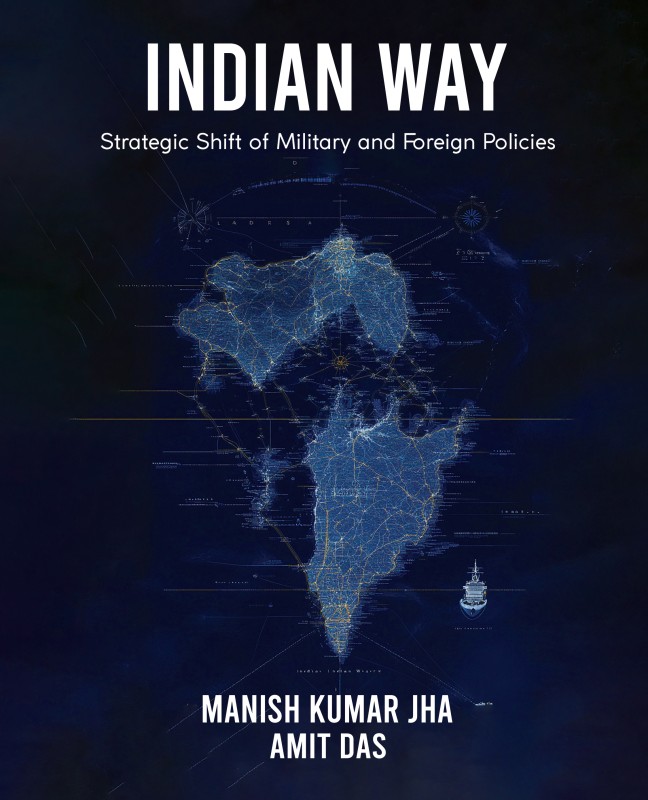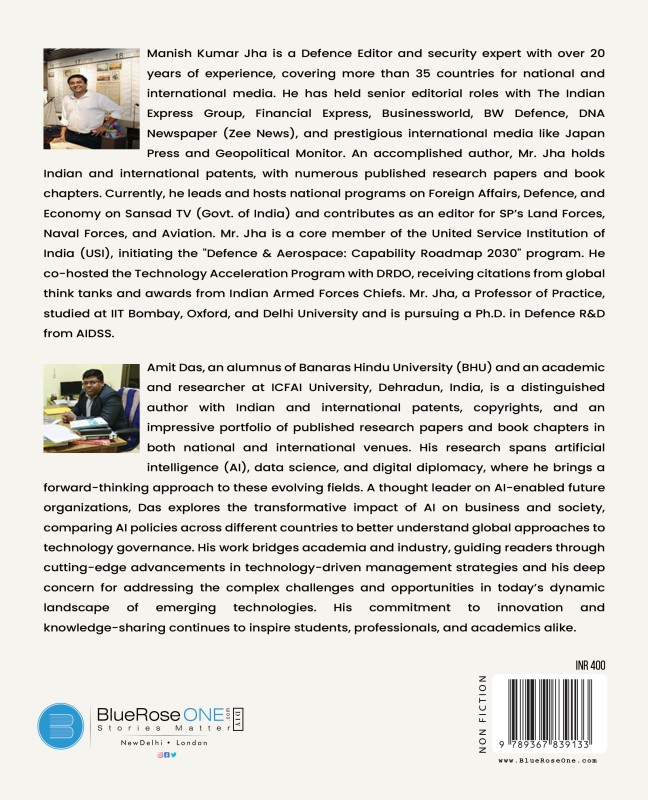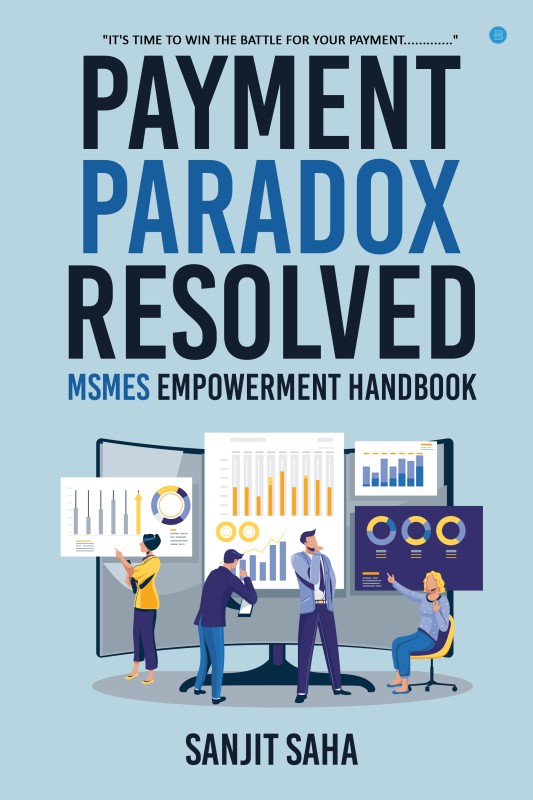Indian Way: Strategic Shift of Military and Foreign Policies
by Manish Kumar Jha | 21-Nov-2024
(0)
Since 2014, India’s foreign and military policies have undergone a significant transformation, characterised by a more assertive stance, increased strategic engagements, and a focus on enhancing national security and economic interests. Under Prim...
Original
Books
Fastest
Delivery
7-day
Replacement
Book Details
- Language : English
- Pages : 216
- ISBN : 9789367839133
- Genre: NON-FICTION
- Size : 7.5" x 9.25"
- Binding Type : PAPERBACK
- Age Group: + Years
- Paper Type : WHITE PAPER
- Interior : BLACK & WHITE
- Cover : GLOSS FINISH
- Book Type : PAPERBACK
- Tags : bluerose publishers,Indian Way,Strategic Shift of Military and Foreign Policies,Manish Kumar Jha.
-
Best Sellers Rank :
#2262 in Non - Fiction
#9306 in Global
Reviews
There are no reviews for this product yet.

 USD
($)
USD
($) AUD
($)
AUD
($) CAD
($)
CAD
($) EUR
(€)
EUR
(€) HKD
($)
HKD
($) GBP
(£)
GBP
(£) SGD
($)
SGD
($)








